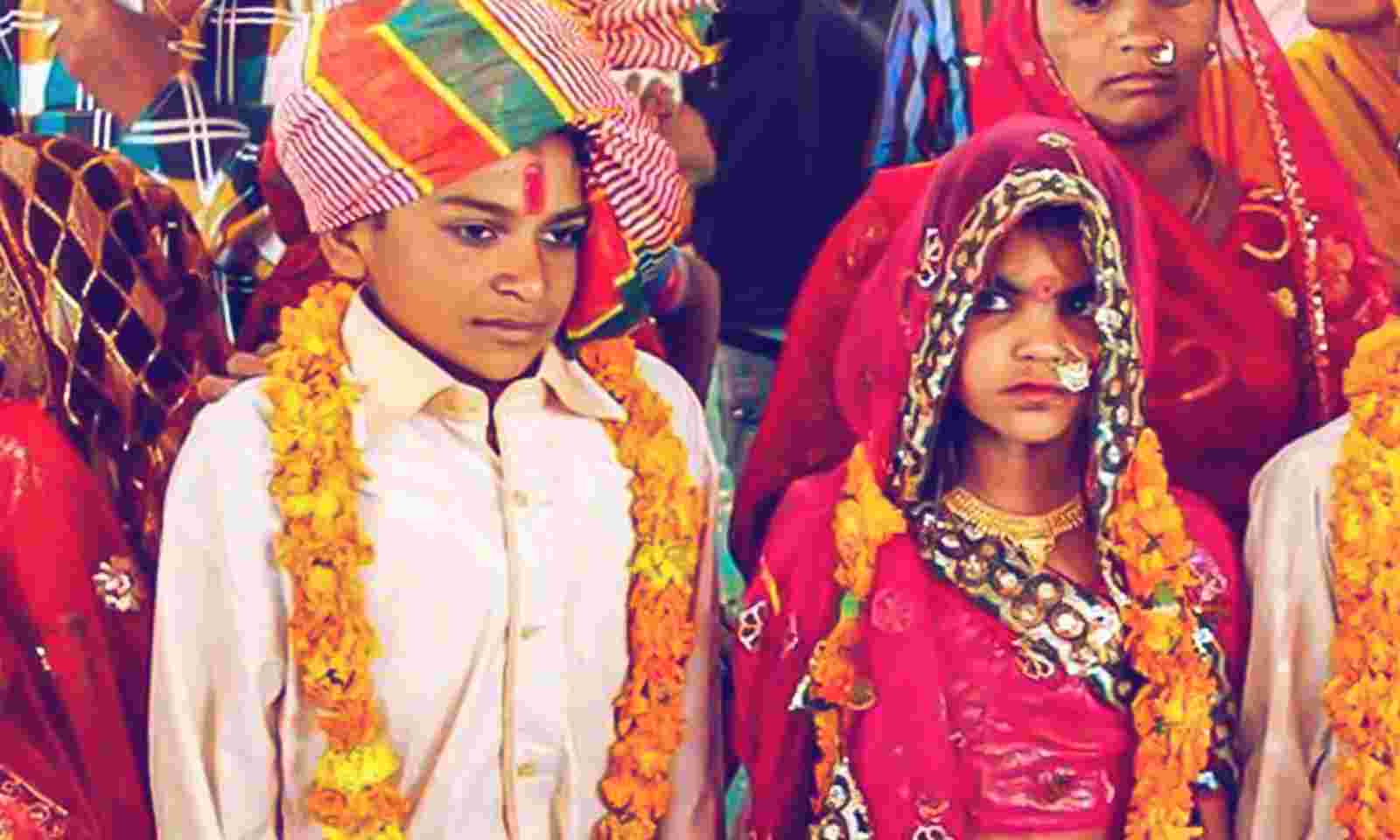
Introduction
The Child Marriage Restraint Act, initially enacted in 1929, set the legal age for marriage at 18 for girls and 21 for boys, with the primary goal of restraining and preventing the solemnization of child marriages. However, despite its existence, the Act struggled to effectively curb the practice due to various socio-cultural complexities prevailing in Indian society.
In 2006, India took a significant step forward in its legislative approach by introducing the The Prohibition of Child Marriage Act. This comprehensive legislation aimed not only to prevent child marriages but also to provide support and safeguards for victims of such marriages. The Act defines child marriage and declares it voidable at the discretion of the contracting party who was a child at the time of marriage. Additionally, it criminalizes solemnizing, participating, or promoting child marriages, imposing penalties on those involved.
The Prohibition of Child Marriage Act Bill 2021
The Bill amends the Prohibition of Child Marriage Act, 2006 to increase the minimum age of marriage of females to 21 years. Further, the Bill will override any other law, custom, or practice. Under the 2006 Act, a person married below the minimum age may apply for annulment within two years of attaining majority (i.e., before 20 years of age). The Bill increases this to five years (i.e., 23 years of age).
Child Marriage: Void or Voidable
Under the Prohibition of Child Marriage Act, a child marriage is considered voidable. This implies that either party, who was a child at the time of marriage, has the option to repudiate the marriage after attaining the age of 18 for girls and 21 for boys. The law aims to protect the rights of children and grant them the agency to annul the marriage if they wish to do so after reaching a legal age.
However, the practical implementation and enforcement of this law remain a challenge due to several socio-economic factors prevalent in many parts of India. Poverty, lack of education, entrenched cultural beliefs, and societal pressures often compel families to perpetuate the tradition of child marriage.
Cultural Influences and Socio-Economic Factors
Child marriage in India is deeply rooted in tradition and cultural practices, varying across different regions and communities. Factors such as the dowry system, social status, and perceived economic benefits drive families to marry off their daughters at a young age. In some communities, marrying off girls early is seen as a way to ensure their safety and protect family honor, leading to the perpetuation of this harmful practice.
Moreover, poverty and lack of educational opportunities further exacerbate the prevalence of child marriages. Families living in impoverished conditions may view marriage as a way to reduce the financial burden or seek alliances for economic stability, disregarding the long-term consequences on the child’s physical, mental, and emotional well-being.
Impact on Society and the Way Forward
Child marriage has far-reaching negative implications for society. It deprives children, especially girls, of their right to education, health, and a fulfilling childhood. Early marriages often result in early pregnancies, posing significant health risks for young mothers and their babies. Moreover, it perpetuates the cycle of poverty and hinders socio-economic development in communities.
To combat this entrenched issue, a multi-faceted approach is necessary. It requires collaboration between government agencies, civil society organizations, communities, and religious leaders to raise awareness about the detrimental effects of child marriage. Comprehensive education, empowerment programs, and economic opportunities for girls and their families are essential to change mind-sets and break the cycle of this harmful practice.
Enforcing existing laws, providing accessible support systems for victims, and ensuring education and economic opportunities for children, particularly girls, are pivotal steps towards eradicating child marriage in India. Moreover, a sustained effort to address the deep-rooted societal norms and cultural practices is crucial for a significant and lasting impact.
Conclusion:
In conclusion, while legislative measures such as the Child Marriage Restraint Act, The Prohibition of Child Marriage Act and the upcoming The Prohibition of Child Marriage Bill, 2021 have provided a legal framework to address the issue, the battle against child marriage in India demands a comprehensive approach encompassing legal, social, and cultural reforms to safeguard the rights and well-being of children and create a more equitable society for future generations.









